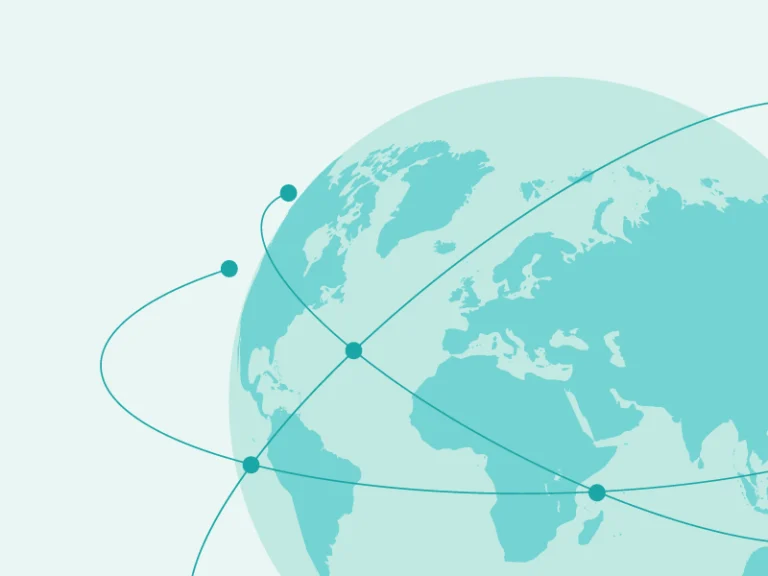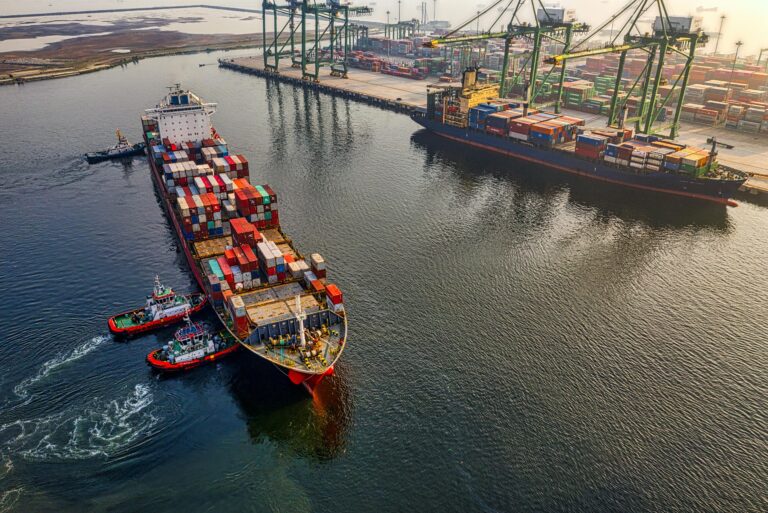In the post-covid world, DTC customer expectations are rapidly evolving. What was once a competitive differentiator is now an industry standard. In other circumstances, industry standards are now completely outdated, as consumers set their sights on even greater horizons.
Understanding today’s DTC customer expectations — and then meeting them — can certainly feel burdensome, but that does not change the gravity of its importance. Customer care is now a critical, strategic focus for most companies, and businesses that improve the customer experience can increase sales revenues by 2-7% and profitability by 1-2%.
How can brands successfully launch into the DTC space — and keep their customers happy — in 2022? Let us take a look at the standards consumers have come to expect in the post-covid era, then discuss how merchants can meet those demands.
1. Omnichannel Communication Is King
Today’s most innovative brands are committed to an omnichannel communication style that allows for a seamless customer experience across all channels and platforms. The customer sees the brand as one company with one voice, whether they are engaging in-person, online, over the phone or via email.
Shoppers expect to have a consistent experience with a brand. For example, if a brand launches a promotion on Instagram, the customer expects to be able to use the same promo code directly on the website. Or, if a customer puts items into a cart on their laptop, they expect those same items to be in the cart if the customer completes the purchase on mobile.
Customer service agents should have the innovative digital tools needed to understand the customer’s journey and history at any point in their interaction. Investing in these tools will have a big payoff: Marketers that invest in three or more channels for a campaign see an almost 500% higher order rate than marketers who use just one platform. Not only that, but companies that fail to prioritise an omnichannel experience could lose 10-30% of sales.
2. Pandemic-Era Conveniences Are Here to Stay
During the pandemic, brands went to great lengths to accommodate customers with new conveniences like curbside pick-up, same-day delivery, special shopping hours and more. And according to Forrester data, consumers expect brands to continue offering those conveniences — even after the pandemic fades into the past.
In particular, shoppers expect to access at least the same, if not enhanced delivery options. Similar to an online omnichannel experience, shoppers expect to be able to purchase items in one channel – like ecommerce – and be able to pick up and return via a different channel. Buy-online-pickup-in-store (BOPIS) has enjoyed increased popularity and so it is logical that customers would also expect to be able to buy online and return to store.
Though some brands were offering these services prior to 2020, the pandemic accelerated their adoption, and now customers have come to expect them as standard. Brands can meet current demands by focusing on services that make it easier and faster for customers to shop across multiple channels.
3. Prioritising Privacy
Today’s customers value privacy more than ever. This growing concern with data privacy is reflected in government legislation: In 2022, more than 35 states introduced or considered around 200 consumer privacy bills. These bills dictate how personal information can be collected, shared and sold. Forward-looking brands should take note. They must meet customer expectations, and stay compliant with national and international laws.
According to a Forrester study, companies must align with the trend by collecting data more directly from their customers, with consent. They must go to great lengths to create a trusting relationship customers feel confident about.
4. Customers Expect Multiple, Local Payment Options
Inflation continues to be a top concern shaping the customer experience landscape in 2022. In the US, consumer prices were up 9.1% over the year ended in June 2022, the largest increase in four decades. Also in June 2022, the UK saw inflation hit 9.4%, also a number not seen since the early 1980s.
During this era of financial strain, brands that offer a wide array of payment options will come out on top. Peer-to-peer payment apps like Venmo and PayPal are soaring in popularity. So are buy now, pay later (BNPL) options like Klarna and Clearpay.
In fact, the BNPL industry is estimated to reach 680 billion USD$ in transaction volume worldwide in 2025. Consumers are drawn to BNPL solutions to avoid credit card interest, make larger purchases and buy items without a credit check.

5. Future-Proofing Your Technology Stack
As consumer demands change at an ever-increasing speed, top brands are future-proofing their technology stack in order to keep up. By making the move from a monolithic vendor suite to modular architecture, brands can meet new consumer needs with agility.
Semi-headless and headless architecture gives brands and retailers the flexibility to integrate business services in a suite-based or ad-hoc manner. New architectures also allow brands to control specific parts of the ecommerce channel, like the storefront, while giving over other business functions to vendors to optimise efficiency.
6. Brand Loyalty Is Dead
The pandemic brought about unprecedented shifts in consumer behaviour. 75% of shoppers engaged in new behaviours like trying new brands, products and platforms. While this news can be disheartening for legacy brands, it is a welcome opportunity for new DTC brands.
On the upside, 38% of consumers (mostly Gen Z and Millenials), left a trusted brand for a new one. They reported being motivated by convenience and value. Still other shoppers remain on the hunt for a new brand, looking for one that aligns with their values. DTC brands can capitalise on this trend by focusing on personalisation and customer service. Brands should also take a values-based approach to how they treat customers, employees and the environment.
7. Fast Shipping Is Essential
With every passing year, consumers have higher expectations when it comes to shipping. The pandemic only raised those standards even further, with 33% of shoppers having higher expectations for fast shipping. And 42% of shoppers expecting a 2-day shipping option with every online purchase.
A 2021 survey found that almost 50% of shoppers abandoned their cart at checkout because of unexpected extra costs, like shipping and taxes. While not every brand can meet demands for fast shipping, they can reduce cart abandonment by setting clear expectations about shipping costs.
Brands can increase their competitive advantage by listing shipping times and costs before checkout. Brands can also list return options and costs upfront, create a shipping FAQ and use a shipping service with affordable rates.
Grow Your DTC Brand with ESW
Many DTC brands struggle to meet the ever-increasing expectations of the modern consumer. Taking on such responsibilities in-house requires a lot of time and investment. ESW offers a solution that saves brands time and money as they grow.
Our customisable storefront solutions meet merchants where they are, allowing for sustainable future growth. Whether you are releasing a new product, creating outlet stores or reselling, ESW simplifies ecommerce. Schedule a demo today.





